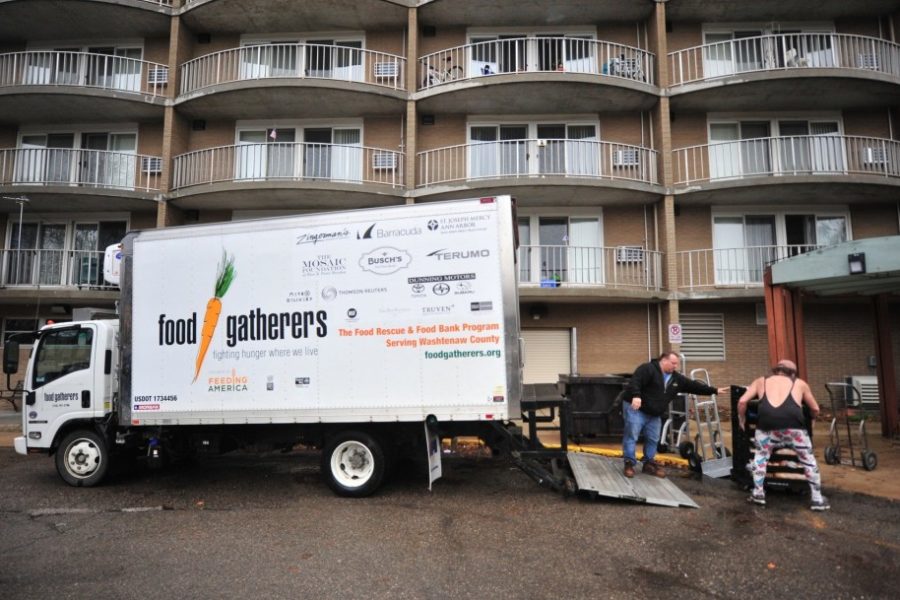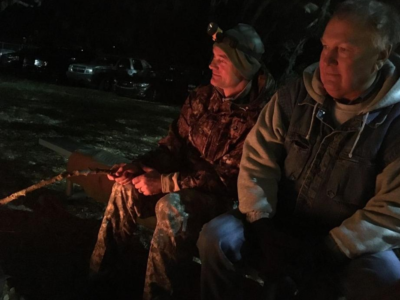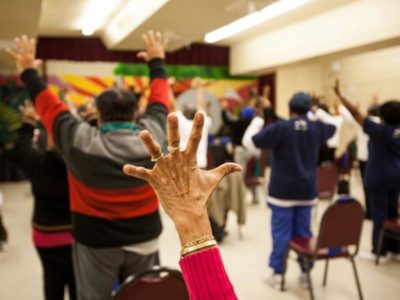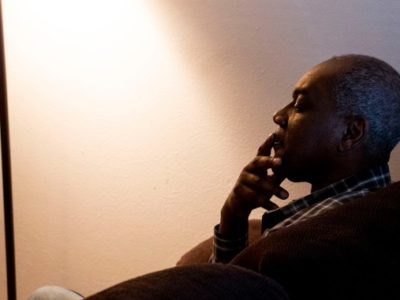
From M Live Michigan
Before getting into supportive housing through Avalon Housing, Debra Fairburn, one of the many chronically homeless people in Ann Arbor who got off the streets this year, lived what she considered a precarious life.
She had been homeless off and on for years, sometimes sleeping in a tent outside and sometimes couch surfing.
“Sometimes the situations weren’t safe, or there was drugs involved at those houses,” she said. “I was a wanderer.”
She begged for money on the side of the road. She was addicted to heroin. And her mental health problems went untreated.
“I think the last semi-safe housing I had, the guy killed himself. So, I was having a tough time, and drugs were involved,” she said.
Now at age 46, Fairburn’s life is completely different. For the first time ever, she has her own apartment, which has given her a sense of stability.
“Now I’m totally clean. I have a safe place to live. I’m on medication now. I don’t have to worry about waking up getting beat on or worse,” she said.
“Even as far into my adulthood as I am, this is my first time experiencing life on my terms, being able to fulfill my needs and to look after myself, which I don’t think I’ve ever been able to really do.”
Fairburn, a longtime Ann Arborite who attended Community High years ago, is among hundreds of formerly homeless people in Washtenaw County with a new outlook on life this year as a result of the work being done by the county and partners such as Avalon Housing to end chronic homelessness.
Ending chronic homelessness
The county is nearing the end of its first year of the Zero:2016 campaign to end veteran homelessness by the end of 2015 and chronic homelessness by the end of 2016. The county and its partners have made notable strides this year, housing 143 homeless veterans and 106 other chronically homeless people through October, reporting this week that 17 homeless veterans still needed apartments.
Additionally, based on previous estimates, the county still needed to house another 15 chronically homeless people by the end of 2016 to achieve the Zero:2016 goals, though that number is expected to be updated in January.




